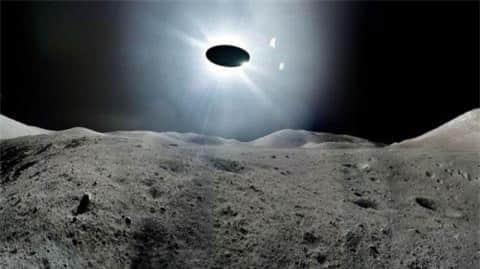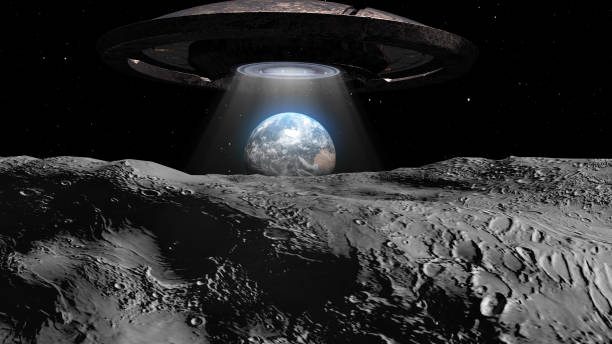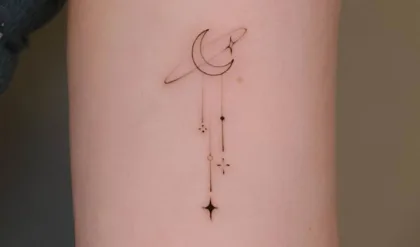The vast expanse of space has always intrigued humanity, driving scientists and explorers to venture beyond our home planet in search of knowledge and discovery. Over the years, many spacecraft have been launched to explore our solar system, and some of the most fascinating findings have come from missions to the Moon, Saturn, and Mars. These discoveries not only expand our understanding of these celestial bodies but also demonstrate the incredible achievements of space exploration.


The Moon has been a focal point of human space exploration since the early days of the space race. The most notable missions are those of the Apollo program, which saw astronauts landing on the Moon and returning with valuable scientific data and samples. Beyond the historic manned missions, numerous unmanned spacecraft have also been sent to study the Moon’s surface, its geological features, and its potential for future human habitation.
Some of the significant spacecraft found on the Moon include:

– **Lunar Module Eagle:** The Apollo 11 Lunar Module, famously known for carrying Neil Armstrong and Buzz Aldrin to the lunar surface in 1969. – **Surveyor Probes:** These unmanned spacecraft were designed to study the lunar surface and gather information to aid future manned missions. – **Lunar Reconnaissance Orbiter (LRO):** Launched in 2009, this spacecraft has been mapping the Moon’s surface with high-resolution imagery and providing data on its topography and environment.
#### Spacecraft on Saturn

Saturn, with its stunning ring system and numerous moons, has been a subject of fascination and scientific inquiry for decades. The most significant contributions to our knowledge of Saturn come from the Cassini-Huygens mission, a collaborative effort between NASA, ESA, and the Italian Space Agency. Launched in 1997, the Cassini spacecraft spent 13 years orbiting Saturn, sending back a wealth of data before its mission ended in 2017.
Key discoveries from the Cassini mission include:
– **Titan Exploration:** Cassini carried the Huygens probe, which successfully landed on Titan, Saturn’s largest moon, in 2005. This marked the first landing on an outer solar system body and provided unprecedented insights into Titan’s surface and atmosphere. – **Saturn’s Rings:** Cassini provided detailed images and data on the composition, structure, and dynamics of Saturn’s rings, enhancing our understanding of their origin and evolution. – **Enceladus Plumes:** One of the most remarkable findings was the discovery of water-ice plumes erupting from the surface of Enceladus, suggesting the presence of a subsurface ocean and potential habitability.
#### Spacecraft on Mars
Mars, often considered a potential candidate for future human colonization, has been extensively studied by a fleet of orbiters, landers, and rovers. These missions have revealed a planet with a complex history of water activity, diverse geological features, and the potential for past or present life.
Prominent spacecraft discoveries on Mars include:
– **Viking Landers:** Launched in the 1970s, the Viking missions were the first to successfully land on Mars and conduct experiments searching for signs of life. – **Curiosity Rover:** Since its landing in 2012, Curiosity has been exploring Gale Crater, analyzing soil and rock samples, and providing insights into Mars’ habitability. – **Perseverance Rover:** Arriving on Mars in 2021, Perseverance is tasked with searching for signs of ancient life and collecting samples for future return to Earth.
The discovery of many spacecraft on the Moon, Saturn, and Mars is a testament to human ingenuity and our relentless pursuit of knowledge. Each mission, with its unique contributions, has brought us closer to understanding the complexities of our solar system and the potential for life beyond Earth. As technology advances and new missions are planned, the legacy of these pioneering spacecraft will continue to inspire and guide future explorations.






